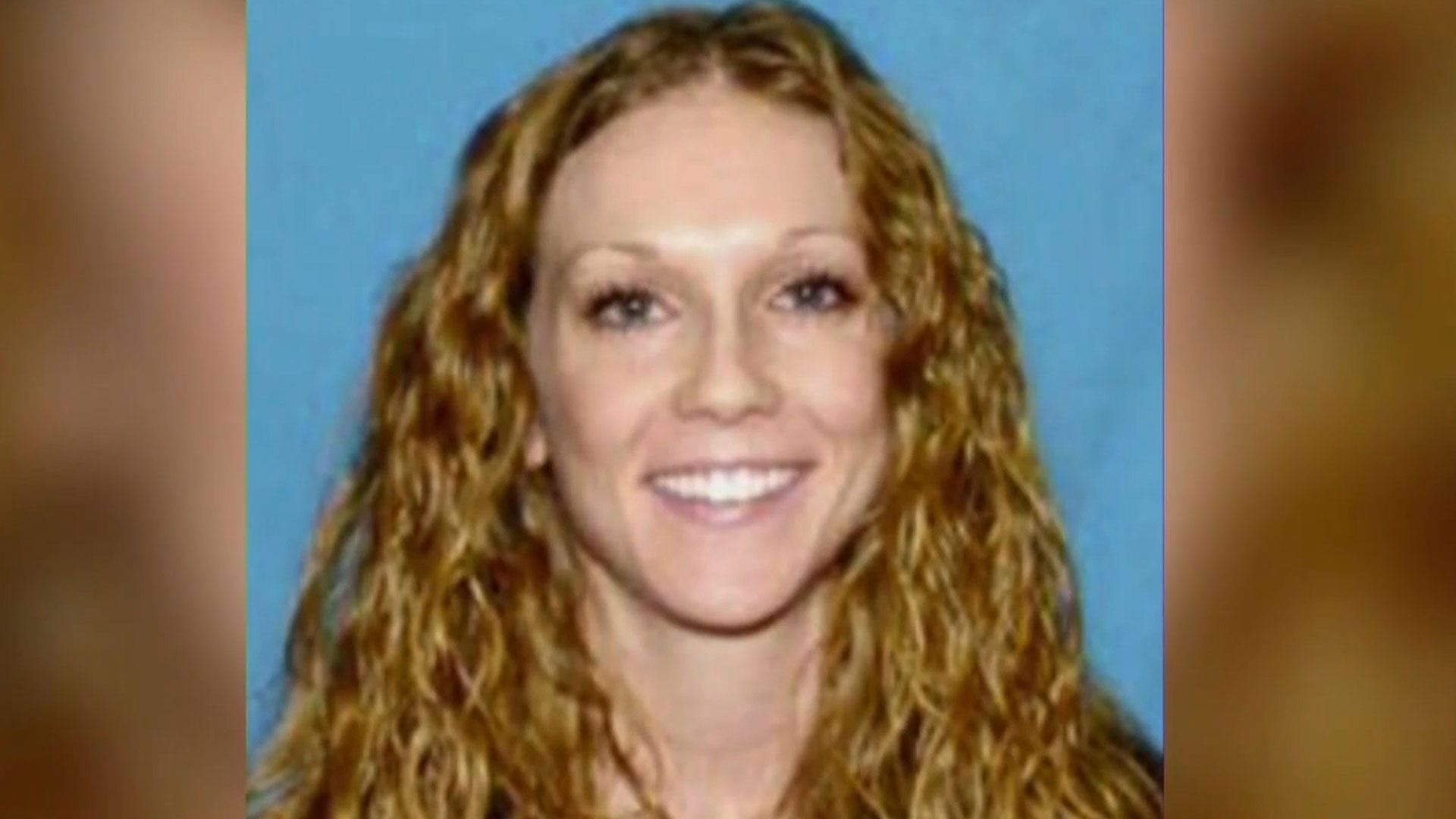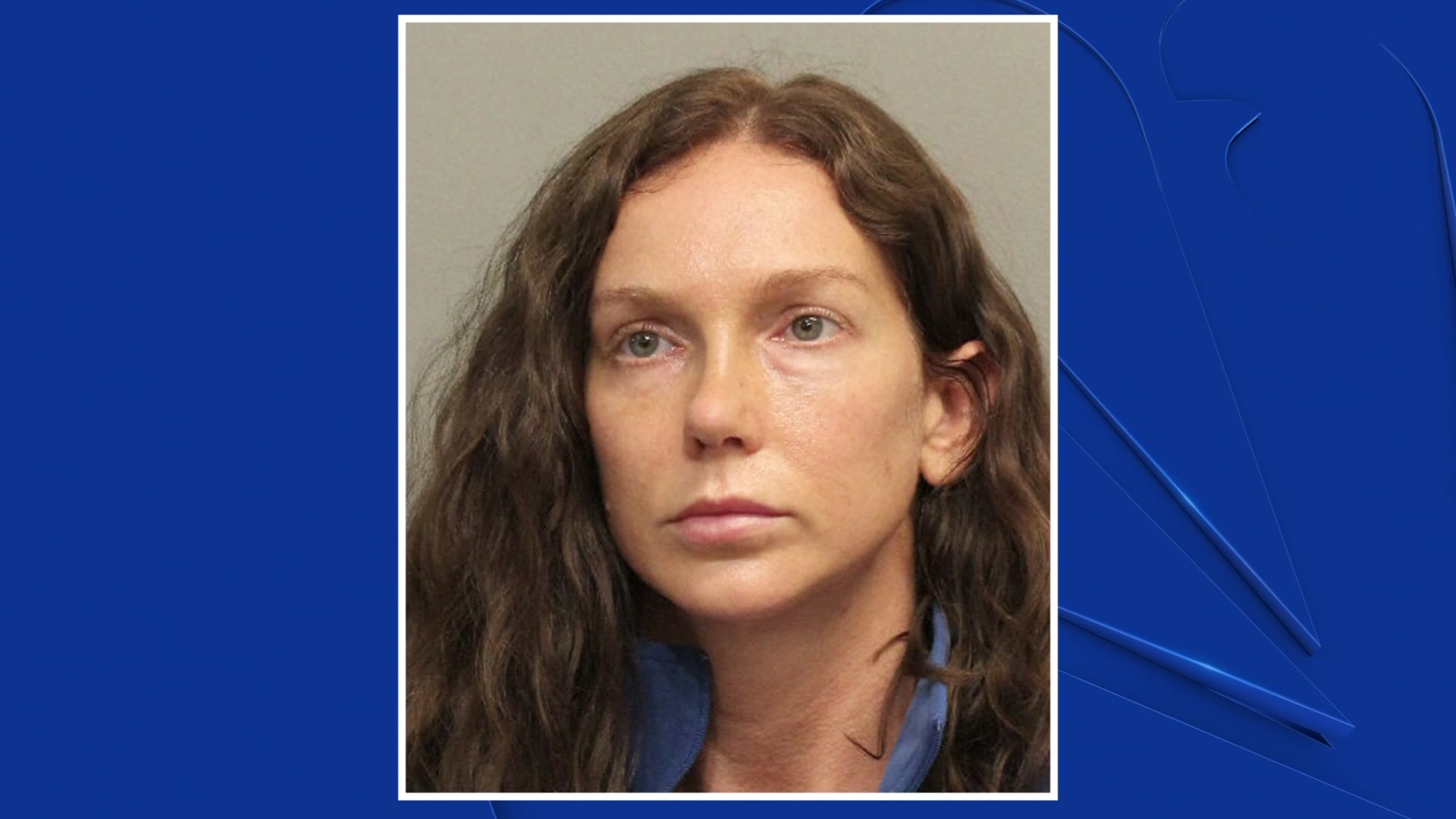
The murder trial of a Texas woman charged in the May 2022 shooting death of rising professional cyclist Anna “Mo” Wilson is nearing an end after almost two weeks of testimony about a suspect who fled to Central America and underwent plastic surgery to change her appearance after the killing.
Kaitlin Armstrong, 35, has pleaded not guilty. She faces up to life in prison if convicted.
Wilson, a 25-year Vermont native, was an emerging star in gravel and mountain bike riding. She was killed in a friend's apartment in Austin while visiting ahead of a Texas race that she was among the favorites to win.
In the hours before she was killed, Wilson went swimming and had a meal with Armstrong's boyfriend, former pro cyclist Colin Strickland, with whom Wilson had a brief romantic relationship months earlier.
Get top local stories in DFW delivered to you every morning. Sign up for NBC DFW's News Headlines newsletter.
Investigators say Armstrong gunned down Wilson in a jealous rage then used her sister’s passport to escape the U.S. before she was tracked down and arrested at a beachside hostel in Costa Rica.
Prosecutors and defense lawyers both rested their cases Wednesday, and Armstrong did not testify. Final arguments are expected as early as Thursday. Here's a look at the trial so far:
KEY EVIDENCE
There were no witnesses to the shooting or videos that place Armstrong in the apartment when Wilson was gunned down on May 11, 2022. Prosecutors built their case on a tight web of circumstantial evidence.
Strickland testified that he had to hide Wilson's phone number from Armstrong under a fake name in his phone. Two of Armstrong's friends said she told them she wanted to, or could, kill Wilson.
Vehicle satellite records, phone-tracking data and surveillance video from a nearby home showed Armstrong's Jeep driving around the apartment and parking in an alley shortly before Wilson was killed. Data from Armstrong's phone showed it had been used that day to track Wilson's location via a fitness app that she used to chart her training rides.
Investigators also said shell casings near Wilson's body matched a gun Armstrong owned.
Jurors heard the frantic emergency call from the friend who found Wilson's body, saw the gruesome police camera footage of first responders performing CPR, and heard audio from a neighbor's home surveillance system that prosecutors said captured Wilson's final screams and three gunshots.
ON THE RUN
Police interviewed Armstrong, among others, after Wilson was killed. The day after that interview, Armstrong sold her Jeep for more than $12,000 and was soon headed to Costa Rica, where investigators say she had plastic surgery to change her nose, and she changed her hair style and color.
Armstrong evaded capture for 43 days as she moved around Costa Rica trying to establish herself as a yoga instructor before she was finally caught on June 29.
The jury also heard about another escape attempt by Armstrong, on Oct. 11, when she tried to flee two corrections officers who had escorted her to a medical appointment outside jail. Video showed Armstrong, in a striped jail uniform and arm restraints, running and trying to scale a fence.
She was quickly recaptured and faces a separate felony escape attempt charge.
THE DEFENSE
Armstrong's lawyers spent only a few hours presenting her defense Wednesday. When asked by her lawyer in front of the judge and with the jury out of the room, Armstrong declined a chance to testify in her own defense.
In their opening statements and during cross-examination of prosecution witnesses, defense attorneys accused police of a sloppy investigation that too quickly focused on Armstrong as the sole suspect.
Armstrong's attorneys also have tried to raise doubts among jurors by suggesting someone else could have killed Wilson, and asking why prosecutors so quickly dismissed Strickland as a suspect.
But a police analyst testified that data tracking on Strickland's motorcycle and phone show him traveling away from Wilson's apartment immediately after dropping her off, and show him taking a phone call at or near his home around the time Wilson was killed.
Armstrong's lawyers have tried to pick at that data as unreliable and imprecise, and drilled into the lack of witnesses or video of the shooting. Someone else could have been driving Armstrong's Jeep or had her cellphone when both were near the murder site, her lawyers said.
They also called an expert on forensic metallurgy, William Tobin, to try to debunk the firearms and tool-marking methods used to match the bullets to Armstrong’s gun as faulty, saying they can lead to “false positives” and should not be used to determine guilt or innocence. Tobin acknowledged he did not review the evidence in this case.




